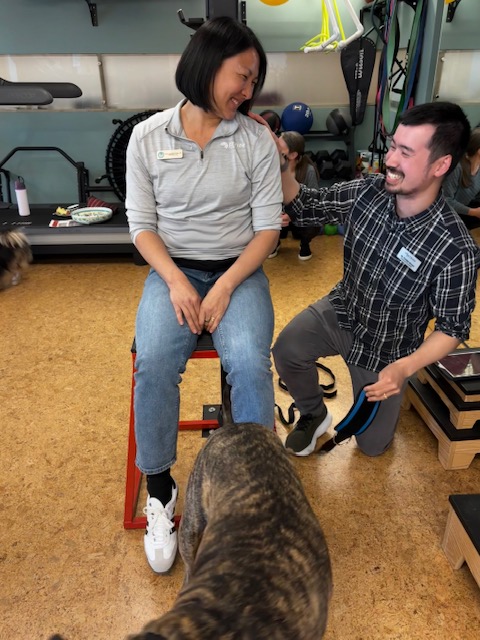Test for Success: Using the Tindeq Dynamometer to Guide ACL Recovery

ACL tears are among the most common knee injuries treated by physical therapists, especially as sports participation continues to rise. Typically managed with reconstructive surgery, recovery includes a structured rehab plan, with return to sport often targeted around the 12-month mark.
One key factor in a successful return is restoring quadriceps strength symmetry. Research shows that greater balance between limbs reduces the risk of re-injury and supports long-term knee health. Striking the right training load is essential—too much can lead to setbacks, while too little may delay progress or even jeopardize the graft. That’s why physical therapists play a critical role in safely guiding athletes through their recovery.
A valuable tool in this process is the Tindeq dynamometer, which measures maximal force output of specific muscle groups. Starting around three months post-op, repeated testing helps monitor progress and adjust rehab intensity. For ACL recovery, the quads, hamstrings, and gluteus medius are typically tested. Comparing force output between the surgical and non-surgical limbs provides a Limb Symmetry Index (LSI)—a benchmark of recovery. A target LSI of 95% or higher is one of several indicators suggesting readiness to return to sport.
The Tindeq test adds objectivity, clarity, and confidence to a critical decision-making process: when and how an athlete gets back in the game. If you or someone you know is recovering from an ACL and are uncertain about how much you should be doing, make an appointment at Stride to get tested.
